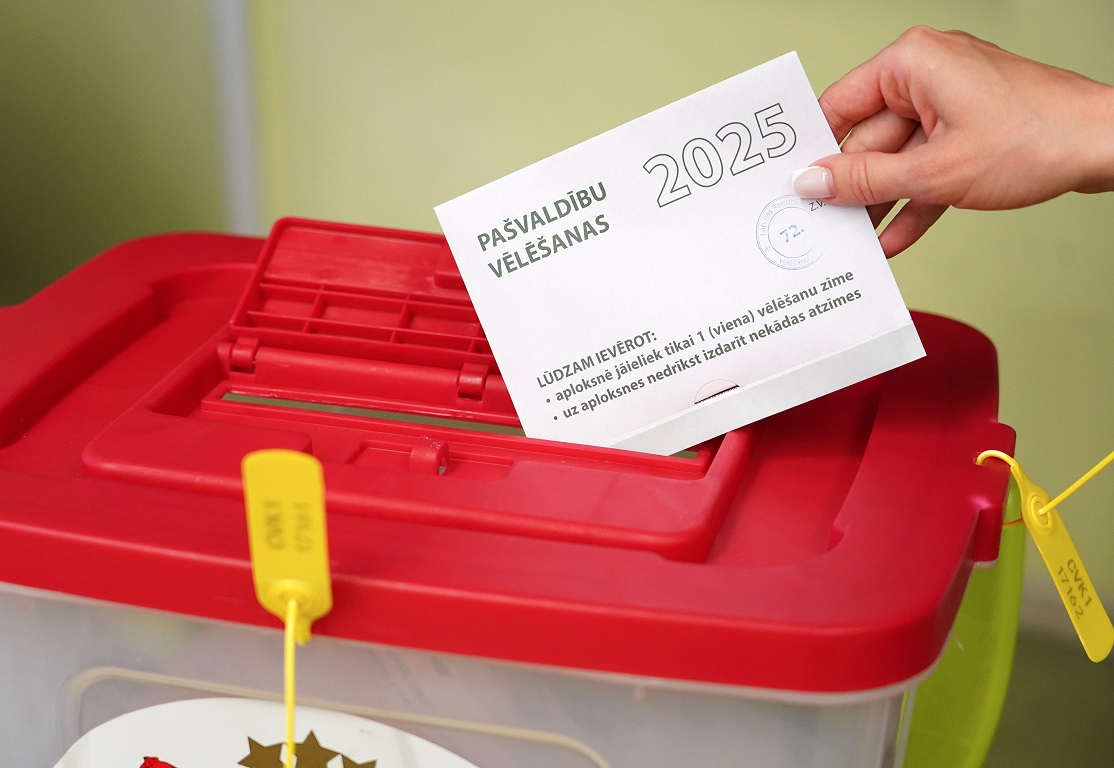Bonobos combine cries to give new meanings to their calls
/s3/static.nrc.nl/images/gn4/stripped/data130339472-3a28a1.jpg|https://images.nrc.nl/PRt5mz2qolHyAonnLdFeRFhjJN4=/1920x/filters:no_upscale()/s3/static.nrc.nl/images/gn4/stripped/data130339472-3a28a1.jpg|https://images.nrc.nl/Rl9_4l5eAm4z1uUXoaf8dtKVdYk=/5760x/filters:no_upscale()/s3/static.nrc.nl/images/gn4/stripped/data130339472-3a28a1.jpg)
A high Gil at Bonobos means as much as ‘I am here’ or ‘look at me’. And with a low Gil, a Bonobo wants to say something like ‘I am excited’. But the combination of the two means something new: « Stop with it », or sometimes also: « Watch me because I have stress. »
And bonobos appear to use more of those ‘slime combinations with new meaning’, unique for animals. This is evident from analyzes of detailed observations of the circumstances including bonobos make their sounds. The suspected meaning was derived from all those circumstances per slogan and slime combination, the biologists Mélissa Berthet, Simon Townsend (both Zurich) and Martin Surbeck (Harvard) this week write this week in Science. Bonobos, together with chimpanzees, are the closest relatives of people, with a common ancestor who lived about 8 million years ago.
The three attach great importance to the fact that the combination of cries gets a different meaning than the simple sum of the individual meanings. In human language, such a new meaning is the order of the day, although the routine language user hardly thinks about it. But in animal communication, such a ‘non-trivial compositioning combination’ has not been established before. Eksterbabbelaars (African savanne birds) can, for example, combine their sound for ‘moderate alarm’ with that for ‘coming together!’ To communicate that there is a danger that it makes it necessary to get together, but that is considered no more than a sum. A simple human example of a change of meaning that the researchers give is the difference between a ‘blonde dancer’ and a ‘bad dancer’. The first is a trivial combination: a simple sum, blonde and dancer. But not the second: the ‘bad’ does not hit the person, but on his or her dance technique, the bad dancer can be a good doctor.
A non-trivial crybination of bonobos is also that of the regular Bonobo-Piepje (‘I want something’) with the whistle (‘let’s stay together’) that in socially sensitive contexts, such as pearling or power of power, will mean something like ‘I am the boss’. Another non-trivial combination is the very cry (‘Come together’) with the Hoge Gil (‘Look at Me’) that in combination will be given a completely new role in coordination with other groups prior to a displacement.
The number of cries used in the analyzes was not very high: 560 Single cries and 175 combinations, in 400 hours of observation in three Bonobo groups in the Kokolopori Bonobo Reserve in the Democratic Republic of Congo. But the circumstances were kept very detailed, in a list of more than 300 possible ‘circumstances’. For example, a cry from a mother who runs after her son got the circumstances ‘playing with a man’, ‘mother-child interaction’ and ‘movement’. The researchers also emphasize that much is not taken into account in their exploration of this possible precursor of human language in primates. Such as the role of gestures, emotional expressions and also the possibility that a cry can sometimes have no meaning at all.

/s3/static.nrc.nl/images/gn4/data133317775-d0126f.jpg)
:format(webp)/s3/static.nrc.nl/bvhw/wp-content/blogs.dir/114/files/2021/11/trujilo-vierkant.png)
/s3/static.nrc.nl/images/gn4/stripped/data133311162-89da16.jpg|https://images.nrc.nl/0GhfYXflp44vL8qLyvwS0lBuz-I=/1920x/filters:no_upscale()/s3/static.nrc.nl/images/gn4/stripped/data133311162-89da16.jpg|https://images.nrc.nl/eiTEPfNVErZvLkKwpzeS_a75FXk=/5760x/filters:no_upscale()/s3/static.nrc.nl/images/gn4/stripped/data133311162-89da16.jpg)




